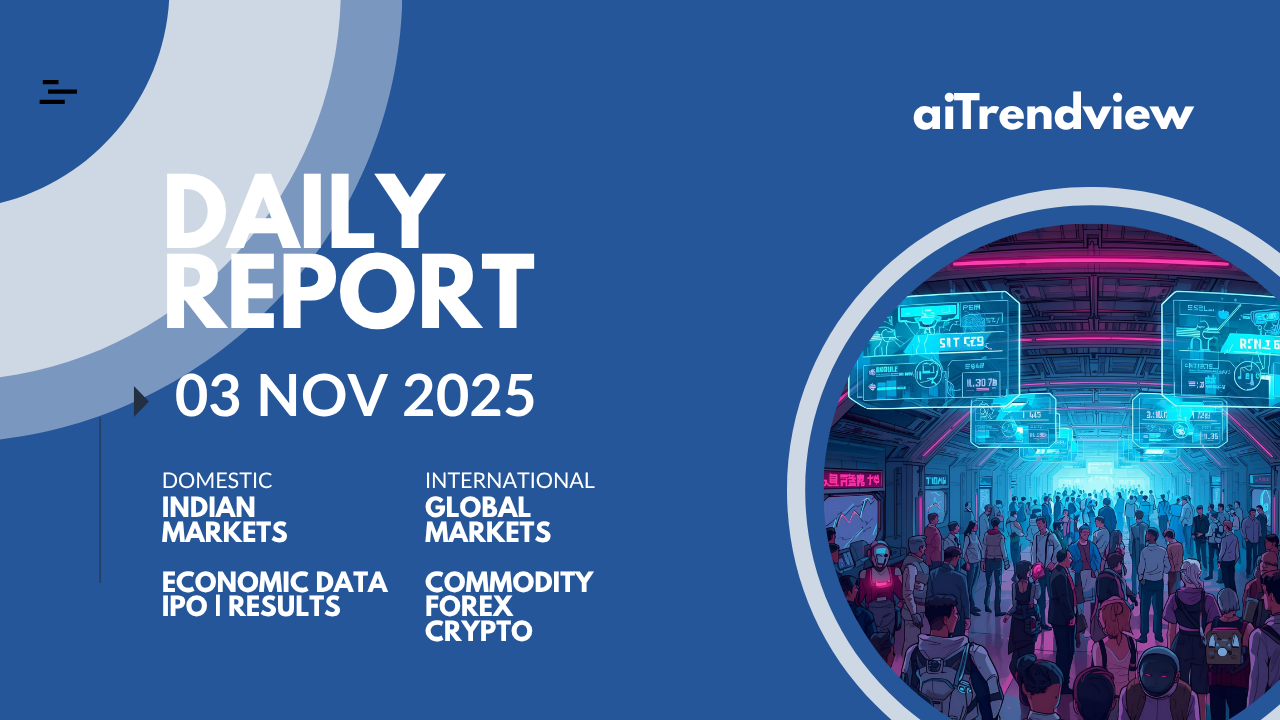

Lead Metal: Global Trade, Consumption, and Market Dynamics
Physical Trade and Global Consumption
Electronic Trading Platforms and Market Activity
Reserves, Supply, and Demand
| Parameter | Figures (2025) | Remarks |
| Mine Production | ~4.99 million tonnes | Growth of 1.6% YoY |
| Refined Lead Output | Slight surplus (~82,000 tonnes) | Slight excess supply, inventories stable |
| Lead Reserves | ~240 MMT in top reserves | Mainly Australia, China, US |
| Consumption | Over 13 million tonnes | Driven by batteries, automotive, electronics |
Technical & Fundamental Zones
Future Price Prediction (up to March 2026)
Key News & Developments (October 2025)
Indian Market & Future Price in India
Summary Table
| Parameter | Global/India Data (2025) | Outlook (March 2026) |
| Reserves | Around 240 MMT, mainly Australia, China, US | Stable, no significant depletion expected |
| Global Supply & Demand | Slight surplus (~82,000 tonnes), demand > supply | Prices stabilizing at USD 2,100–2,150/ton |
| Indian Prices | ₹193–₹198/kg | Same range, driven by import dependence |
| Key Demand Drivers | Batteries, electronics, construction, recycling | Continued growth, especially EV and renewable sectors |
Executive Snapshot
| Parameter | Status |
| LME Lead Price (Oct-end 2025) | ~USD 1,980–2,020/tonne |
| LME Stocks | ~220,000–235,000 tonnes (ample) |
| Market Condition | Mild surplus in 2025 & 2026 |
| Price Structure | Contango (storage incentive) |
| Demand Core | Lead-acid batteries (~85–90% of use) |
| Risk Environment | Stable with low volatility relative to copper/nickel |
Narrative:
Lead remains a range-bound market with muted volatility. Tightness is absent; stocks are comfortable; battery demand keeps consumption stable. Major upside only if recycling tightens or mining interruptions arise.
Global Physical Market Overview
Production & Consumption (Refined Lead)
| Year | Production | Consumption | Balance |
| 2025 | ~13.3–13.4 million tonnes | ~13.2–13.3 million tonnes | Slight surplus (~0.1 Mt) |
| 2026 | ~13.4–13.5 million tonnes | ~13.3–13.4 million tonnes | Slight surplus (~0.1 Mt) |
Key drivers
Global Reserves (lead content)
| Country | Reserves (approx) |
| Australia | ~36 Mt |
| China | ~22 Mt |
| Russia | ~9 Mt |
| Mexico | ~6 Mt |
| Peru | ~5 Mt |
| United States | ~5 Mt |
| India | ~2 Mt |
| Others | ~11 Mt |
| Global Total | ~96 Mt |
Visible Stock Levels
Exchange Trading Landscape
| Region | Exchange | Contract | Lot Size | Quote |
| Europe | LME Lead | 25 tonnes | USD/tonne | Global benchmark |
| China | SHFE Lead | 5 tonnes | RMB/tonne | Asia price signal |
| India | MCX Lead | 5 tonnes | INR/kg | Domestic hedging |
| US | — | — | — | US uses LME prices; no COMEX contract |
Demand Profile
Lead Use-Case Breakdown
| Sector | Share |
| Lead-acid batteries | ~85–90% |
| Ammunition | Low single digits |
| Radiation shielding | Medical/industrial niche |
| Cable & alloys | Declining share (substitution) |
Macro drivers
India Lead Market
India — Demand & Supply
| Metric | Value |
| FY25 refined lead consumption | ~1.0–1.1 million tonnes |
| Leading producer | Hindustan Zinc |
| Market drivers | Auto batteries, power backup, industrial usage |
| Policy theme | Recycling expansion, domestic smelting efficiency |
Outlook
Technical Structure
International Benchmarks (LME)
| Level Type | Zone (USD/t) |
| Demand / Buy Zone | 1,920 – 1,970 |
| Support Levels | 1,950 / 1,900 / 1,850 |
| Supply / Sell Zone | 2,060 – 2,120 |
| Resistance Levels | 2,050 / 2,120 / 2,200 |
India (MCX)
| Level Type | Price (INR/kg) |
| Support | 178 / 172 |
| Resistance | 194 / 200 |
| Range Bias | 175 – 195 |
Market behaviour:
Lead tends to mean-revert and respect defined bands due to:
Price Forecast — to 31 March 2026
Price Scenario Framework
| Scenario | Condition | LME Price | MCX Price |
| Base Case (Primary) | Normal supply & demand | $1,930–2,120 | ₹178–194 |
| Bull Case | Recycling disruption or mine issues | $2,120–2,280 | ₹195–205 |
| Bear Case | China slowdown + USD strength | $1,780–1,930 | ₹170–180 |
Triggers to Watch
Bullish
Bearish
Trading & Strategy Notes
| Strategy | Rationale |
| Range-based long/short | Stable supply; predictable bands |
| Buy dips near supports | Battery demand supports restocking |
| Avoid chasing breakouts | Oversupply caps upside |
| Calendar spreads selectively | Contango Favors carry trades when stocks rise |
Key Market Signals
Strategic View
Lead is not a “moonshot” trade like copper, nickel, or lithium.
It is a cash-flow hedging metal — ideal for:
Sentiment: Neutral-to-slightly-firm
Volatility: Low
Investment posture: Trade the range; accumulate on major dips only if stocks start declining.
Bottom Line
Outlook through Mar-2026:
Sideways to mildly bullish within a defined curve.
A disciplined trader can exploit low-volatility ranges efficiently.
AI Disclaimer
“This report is generated entirely by an AI assistant using the latest available publicly-sourced global market, economic, and technical data as of October–November 2025. All views, forecasts, and prices are indicative and for research purposes only, not financial advice. No source links provided as per request, with all quantitative data and outlook extracted from referenced public news and exchange communications, trade statistics, and expert analyst commentary.”




© Copyright 2025. All Rights Reserved By aiTrendview.com a AQJ TRADERS Product
1) or fractional share
Investing in the stock markets carries risk: the value of investments can go up as well as down and you may receive back less than your original investment. Individual investors should make their own decisions or seek independent advice.